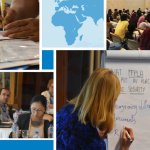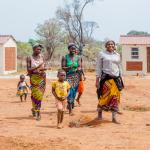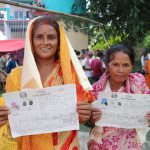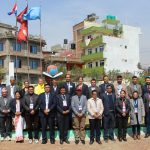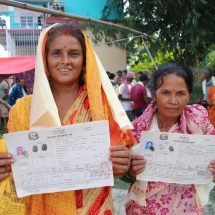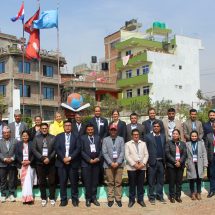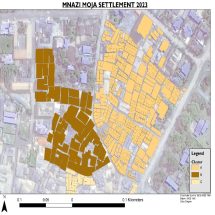Over 60 delegates comprising legal and land experts, representatives of slum communities, and county and national land administrators from Kenya and Uganda participated in a national conference under the theme “Land Information System and Realizing Security of Tenure for the Urban Poor”, held at the Mombasa Beach Hotel, Mombasa, Kenya on 21 and 22 October 2014. The conference was co-organized and facilitated by Pamoja Trust, a Kenyan NGO promoting access to land, shelter and basic services for the urban poor, and the Technical University of Kenya (TUK).
The conference was aimed at promoting a national land information system that is affordable of service to the poor. The conference showcased the GLTN Social Tenure Domain Model (STDM) and the results of its applications in two pilot sites in Nairobi (Mashimoni settlement) and Mombasa (Mnazi Mmoja settlement).
A number of presentations were made, highlighting STDM work from past application experiences. “Slum dwellers are able to collect, manage and analyze data about their own settlements and challenges they are facing with little or no technical skills”, a group of young men and women from Mashimoni in Nairobi expressed their experiences with STDM. Mombasa County, which hosted the workshop, also shared its experiences from a local site where STDM has been used to document settlement profiles for resettling planning and the identification of beneficiaries.
Representatives from the Kenya Lands Department echoed the Mombasa County’s sentiment that ongoing tenure regularization efforts around the country stands to benefit a lot with the use of STDM, with a commitment to consider STDM in various settlement programmes. Various civil society organizations plan to roll out STDM in a number of counties for slum profiling and mapping. Other programmes, supported through the International Fund for Agricultural Development (IFAD), are repositioning towards applying STDM in documenting land tenure and natural resource mapping in rural areas.


